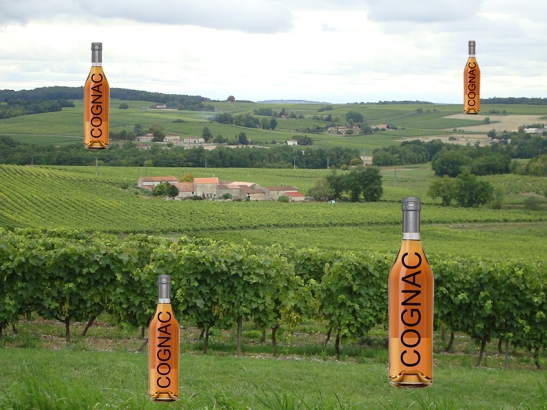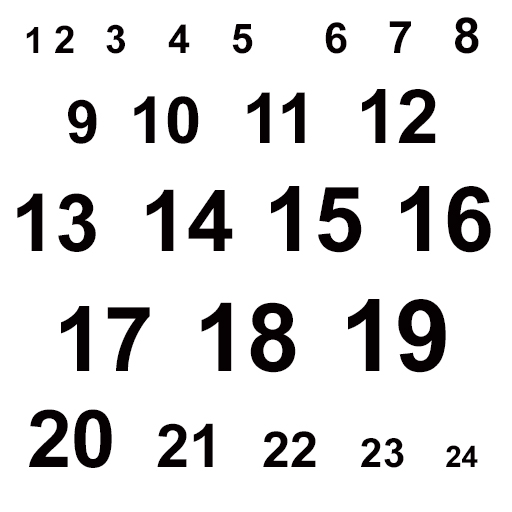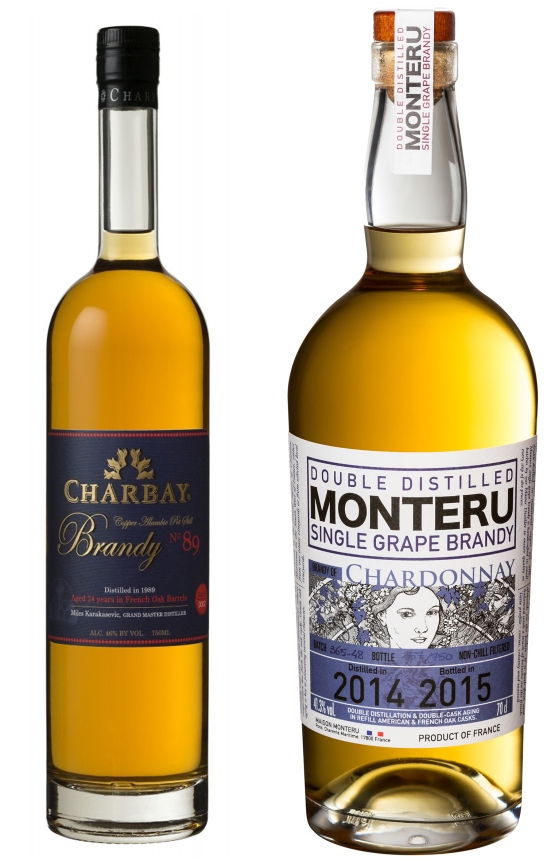
- American Brandy Osocalis
From Shanken News
Tuesday, May 23, 2017
American Brandy Is Enjoying A Renaissance
Spurred by the craft movement, domestic brandies are starting to catch fire in the marketplace. Brandy’s rise is an extension of the surge in other brown spirits, and part of an ever-broadening repertoire of drinks being explored by today’s adventurous consumers.
The big four American brandies—E.&J., Christian Brothers, Paul Masson and Korbel—still account for 93% of the category, according to Impact Databank. But the dynamism surrounding craft brandies has the industry taking notice. Brian Bowden, senior vice president and general merchandise manager for spirits, beer, tobacco and beverages at BevMo, expects to add more artisanal brandies this year. “We’ve seen an increase in all our American brandies, from everyday labels like E.&J., Korbel and Christian Brothers to more artisanal brands like St. George and Clear Creek’s fruit brandies,” Bowden says.
American brandy has retained a solid consumer base for decades. Sales rose steadily through the 1990s and 2000s, reaching 7.23 million cases by 2010, according to Impact Databank. Last year, category volume grew an estimated 5.5% to 7.8 million cases. Category leader E.&J. rose 7.5% to 3.9 million cases last year, driven by its Peach and Apple extensions. Meanwhile, Constellation’s Paul Masson surpassed 2 million cases in 2016 on double-digit growth. Korbel, marketed by Brown-Forman, sells about 290,000 cases annually, while Heaven Hill's Christian Brothers is at roughly 1.1 million cases.
Todd Kennedy, brand director for Korbel, says that even a hefty retail price increase—from $13 to roughly $18 a 1.75-liter bottle—only temporarily destabilized the Korbel brand. “We were initially delisted by some major retailers,” Kennedy says, noting that the increase was necessary due to rising grape and production costs. “But they came back to us after four or five months.”
While American brandy’s core demographic is the baby boomer and older market, millennials are driving growth. “Brandy has shifted to younger consumers,” Bowden notes. “They’re not necessarily trading over to brandy, they’re just adding it into their cocktail choices.”
Christopher Brian, bartender at New Orleans restaurant Coquette, notes the emergence of a middle tier for brandy. “For too long, the options were either Cognac, which is upwards of $40 or $50, or the cheap stuff for $8 or $9,” he says. “There was a dearth of well-made brandies that could be put into cocktails. Now the mid-tier range—$20 to $40—is emerging.” He says offerings from regional producers—most notably Louisville, Kentucky–based Copper & Kings, whose brandies are aged in Bourbon barrels—are resonating with his customers.
When Ansley Coale began making Germain-Robin brandy in the early 1980s, the craft brand garnered praise from critics, but didn’t gain widespread consumer acceptance. That situation may be finally changing. “After 30 years in the desert, suddenly everyone is paying attention to American brandies,” says Coale, cofounder of Germain-Robin and president of Ukiah, California–based Craft Distillers. Copper & Kings founder Joe Heron agrees. “Much more adventurous consumers have been the driver,” he says, noting that they’re typically younger than traditional brandy drinkers.
Todd Randall, vice president of St. Louis-based Randall’s Wines and Spirits, says consumers who buy American craft brandies are deliberately searching for them. “Certain customers come in looking for brands like Osocalis, Leopold Bros. and Copper & Kings,” Randall says. “They’re expensive—around the same price as a high-end Scotch or Bourbon.”
Source: Shanken News Daily





